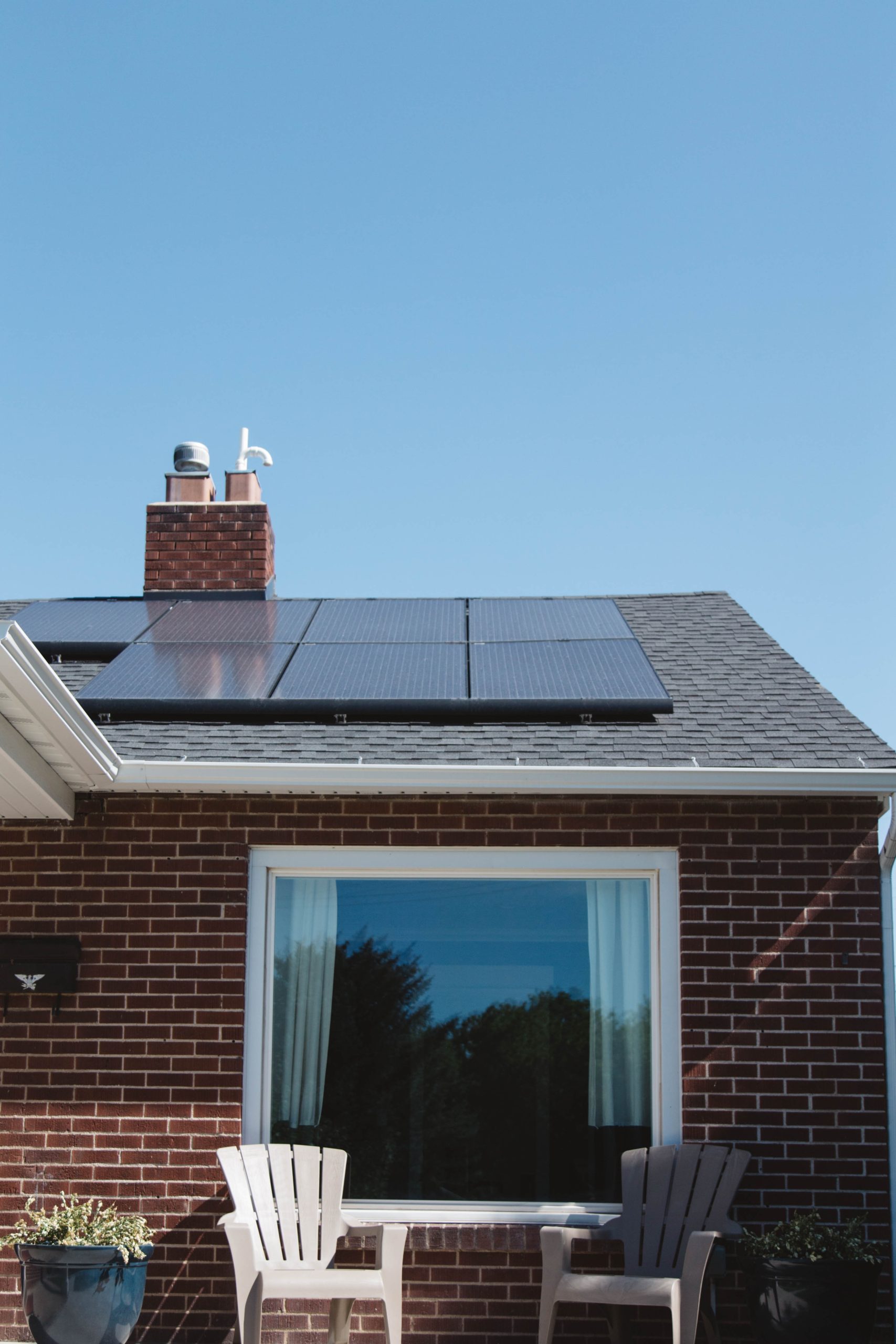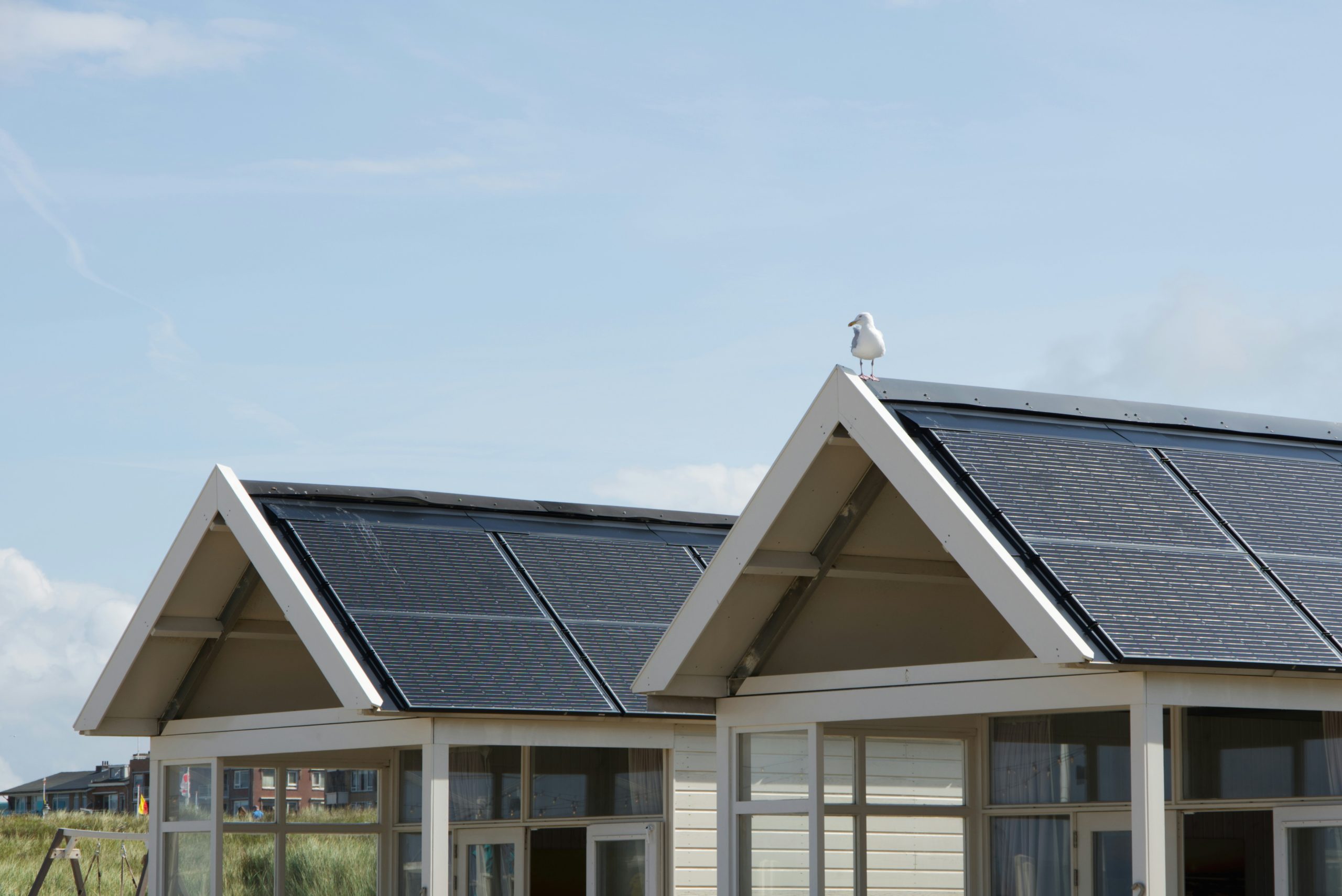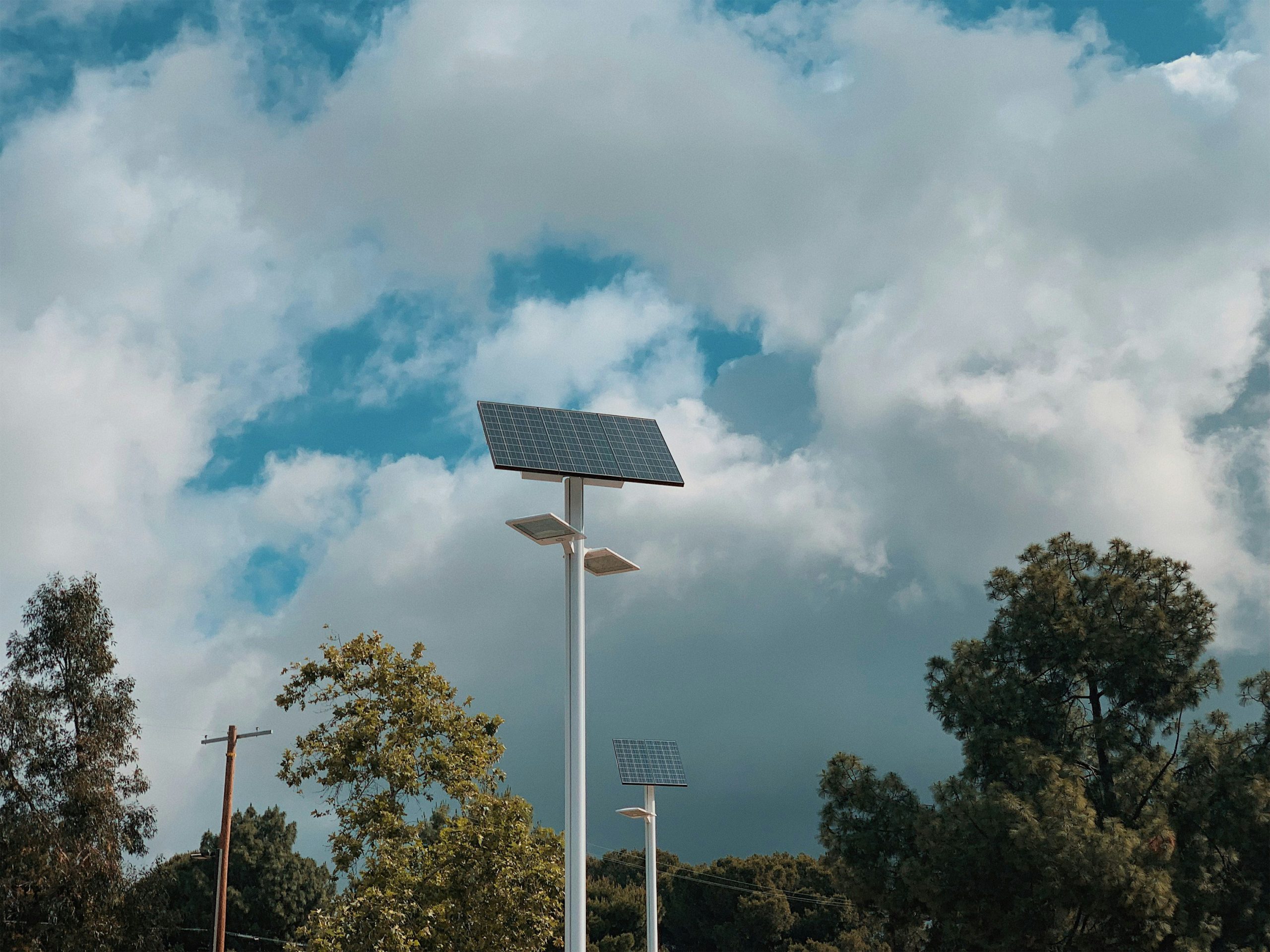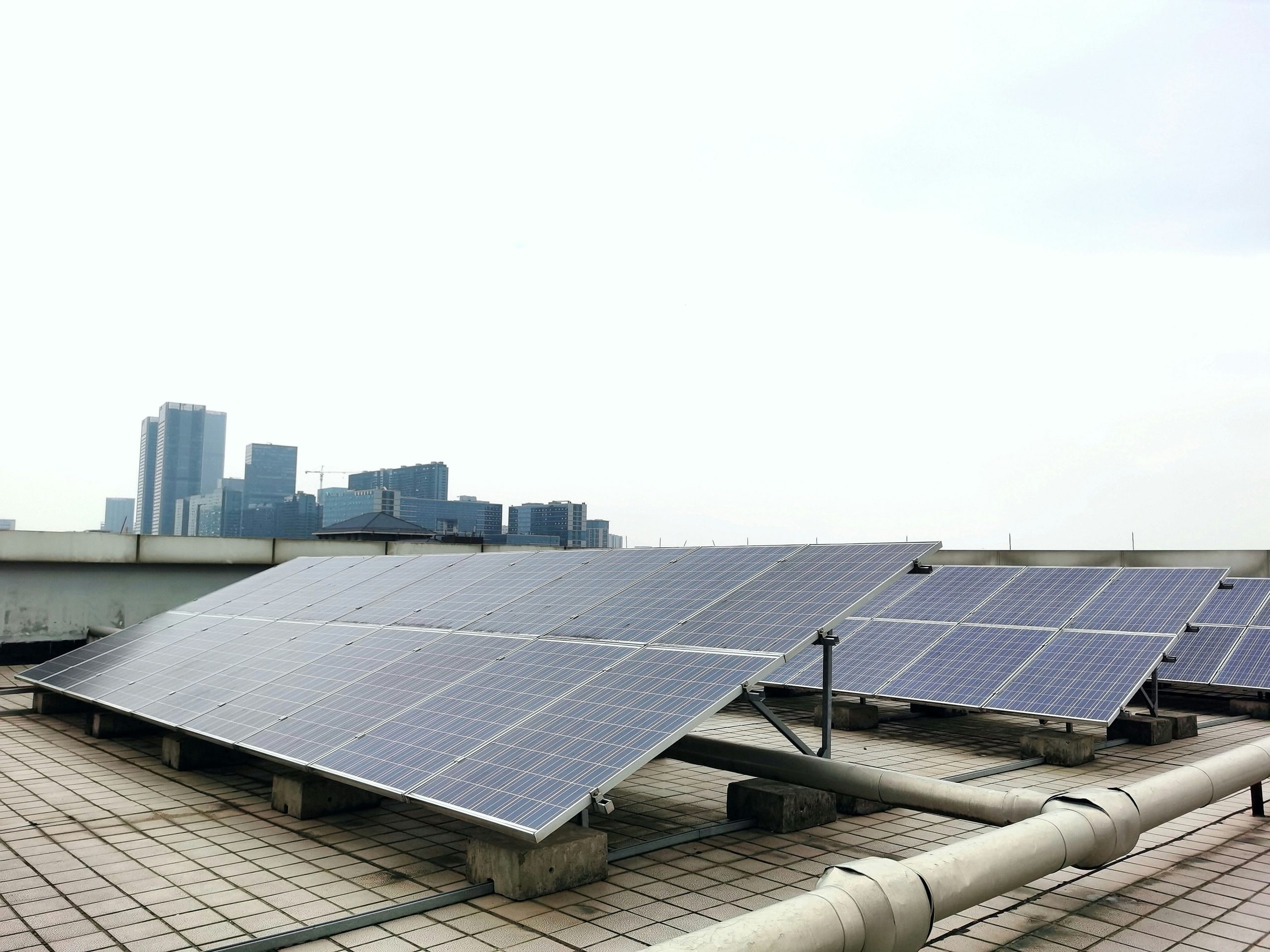Are you frustrated with the mystery of microinverters that refuse to report their system status? As more and more solar installations switch to microinverter technology for increased efficiency and performance monitoring, dealing with non-reporting units has become a common headache for installers and homeowners alike. The inability to receive real-time data from these crucial components can be not only baffling but also costly, as it hampers the ability to monitor energy production accurately. In this article, we will delve into the world of troubleshooting non-reporting microinverters, equipping you with the knowledge and strategies needed to unravel this perplexing issue and get your solar system back on track.
Understanding microinverters and their importance
Microinverters are a crucial component of solar energy systems, as they play a significant role in converting direct current (DC) generated by solar panels into alternating current (AC) that can be used to power homes and businesses. Unlike traditional string inverters, microinverters are installed on each individual solar panel, allowing for greater energy production and efficiency. This means that each panel operates independently, minimizing the impact of shading or malfunctions on the entire system’s performance.
Understanding the importance of microinverters is essential for troubleshooting any issues with a solar energy system. By recognizing their role in maximizing energy production and reducing the effects of panel-level discrepancies, it becomes clear why maintaining these devices is crucial for overall system health. Monitoring and resolving issues related to microinverters can significantly impact the performance and longevity of a solar energy system, making it imperative to address any problems promptly to ensure optimal functionality and return on investment.
 Common issues with microinverters not reporting system status
Common issues with microinverters not reporting system status
One common issue with microinverters not reporting system status is the potential for communication errors between the microinverters and the monitoring system. This can occur due to factors such as signal interference, incompatible communication protocols, or faulty networking equipment. Additionally, environmental factors like extreme weather conditions or physical obstructions can disrupt the wireless communication between the microinverters and the monitoring system, leading to inconsistent or missing status updates.
Another prevalent challenge is related to software glitches or firmware issues within the microinverters themselves. Outdated firmware, bugs in the monitoring software, or compatibility issues with new updates can all contribute to a lack of accurate system status reporting. In some cases, power outages or electrical surges may also affect the functionality of microinverters, causing them to fail in transmitting real-time data to the monitoring platform. Addressing these complexities often requires a thorough diagnostic process involving both hardware and software components to pin down and resolve the root cause of non-reporting microinverters.
Troubleshooting steps for microinverters not reporting
Microinverters are essential components of a solar power system, as they convert the direct current (DC) produced by solar panels into alternating current (AC) that can be used to power homes and businesses. However, when microinverters stop reporting their system status, it can be a cause for concern. One of the first troubleshooting steps is to check the physical connections of the microinverters, ensuring that they are securely connected to the solar panels and the electrical grid. Loose or damaged connections can disrupt communication and prevent the microinverters from reporting their status.
Another important step in troubleshooting non-reporting microinverters is to inspect the monitoring equipment and software. Issues with monitoring devices or software can lead to inaccuracies in reporting system status. It’s crucial to verify that the monitoring equipment is functioning properly and receiving accurate data from each microinverter. Additionally, updating the firmware of both the microinverters and monitoring equipment could resolve compatibility issues that may be causing reporting problems.
 Checking electrical connections and wiring
Checking electrical connections and wiring
Checking electrical connections and wiring is a crucial step in troubleshooting microinverters that are not reporting system status. It’s essential to visually inspect the connections for any signs of damage, corrosion, or loose fittings, as these issues can disrupt the flow of electricity and prevent proper communication between the microinverters and the monitoring system. Using a multimeter to test the continuity and voltage at various points along the wiring can also help identify any potential faults or inconsistencies.
Moreover, paying close attention to cable management and ensuring that all cables are properly organized and secured can significantly reduce the risk of electrical faults. When troubleshooting microinverter communication issues, it’s important to remember that even small discrepancies in wiring or connectivity can have a significant impact on overall system performance. By diligently checking electrical connections and wiring, solar professionals can proactively address any potential issues before they escalate into more significant problems, ultimately ensuring the reliability and efficiency of the entire solar power system.
Monitoring software and communication setup
Monitoring software and communication setup are crucial elements in troubleshooting microinverters not reporting system status. The monitoring software allows users to remotely access and monitor the status of their microinverters, providing valuable real-time data on performance and potential issues. Proper communication setup ensures seamless connectivity between the microinverters and the monitoring software, enabling efficient data transfer for analysis.
When troubleshooting a non-reporting system, it’s essential to first verify that the monitoring software is properly configured and updated. This includes checking for any software updates or compatibility issues with the microinverter system. Additionally, examining the communication setup, such as network connections and signal strength, can reveal underlying transmission problems that may be causing reporting failures.
In some cases, implementing advanced monitoring software with enhanced diagnostic capabilities can provide deeper insights into system performance and aid in pinpointing specific issues affecting reporting. By optimizing both the monitoring software and communication setup, users can effectively troubleshoot non-reporting microinverter systems and ensure continuous visibility into their solar energy production.
 Conclusion: Ensuring optimal performance of microinverters
Conclusion: Ensuring optimal performance of microinverters
In conclusion, ensuring the optimal performance of microinverters requires a proactive approach to monitoring and maintenance. Regularly checking for system status reporting issues and promptly addressing any anomalies is crucial in maximizing energy production and overall efficiency. Additionally, conducting thorough inspections of the microinverter connections, wiring, and environmental factors can help identify potential issues before they escalate.
Moreover, implementing remote monitoring tools and software can provide real-time insights into the performance of microinverters, allowing for quick troubleshooting and preventive measures. Furthermore, staying updated on manufacturer guidelines and best practices for maintenance and troubleshooting will ensure that the microinverters operate at their peak potential. By prioritizing these strategies, solar system owners can effectively mitigate downtime, optimize energy output, and enhance the longevity of their microinverter systems.


